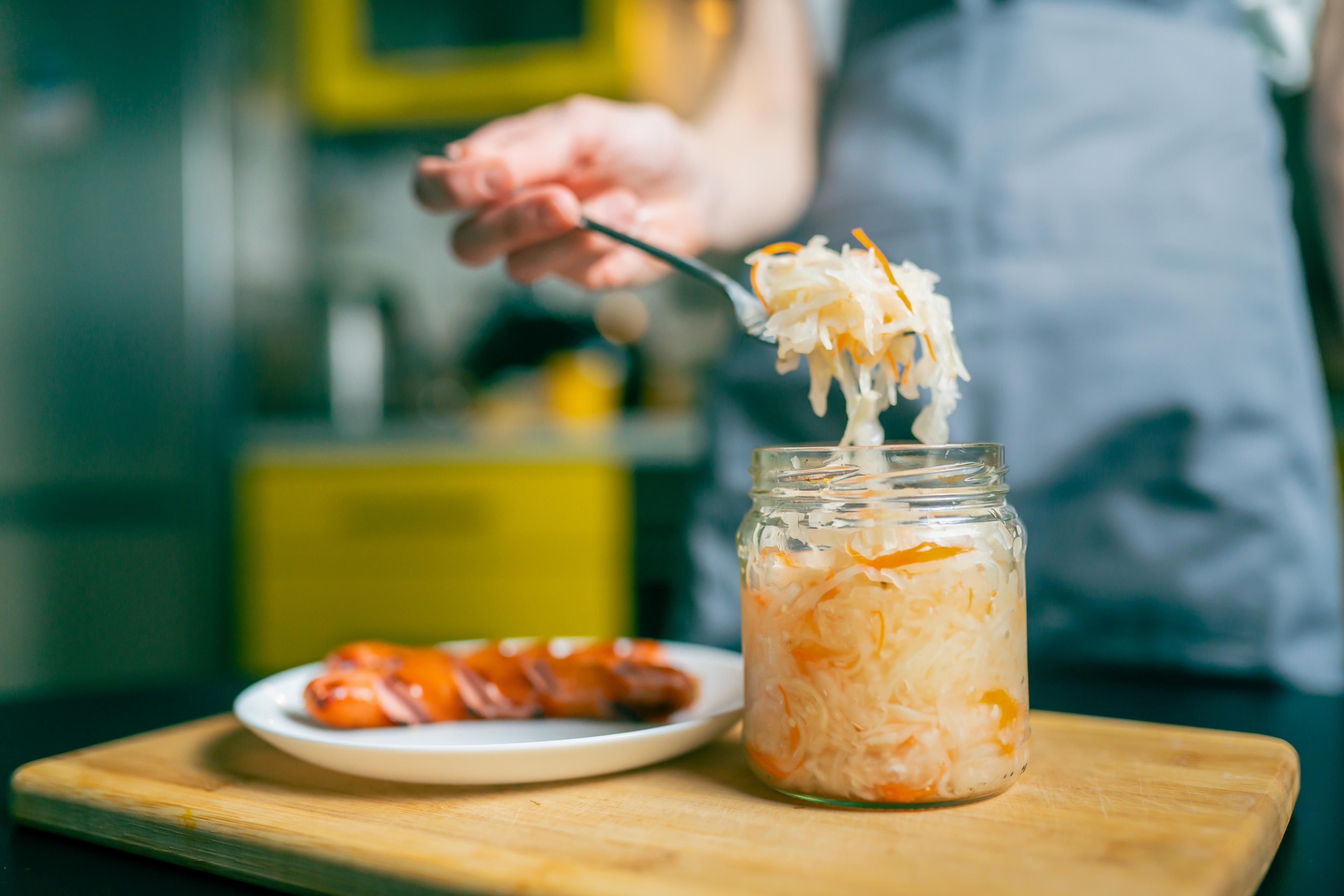Sodium: How Much Is Too Much?
A Healthier Michigan
| 3 min read

We know we shouldn’t have too much sodium. While sodium is an essential nutrient for maintaining a balance of body fluids and keeping muscles and nerves running, excessive sodium intake can elevate blood pressure and increase risk of chronic health conditions.
The U.S. Food and Drug Administration (FDA) data reveals 90% of children and adolescents are at greater risk for cardiovascular diseases because of consuming too much salt.
What is too much sodium? Learn more about the nutritional guidelines for this mineral and how you can reduce your sodium intake.
What is a healthy amount of sodium?
The average American consumes 3,400 milligrams (mg) of sodium per day, according to Harvard Health. Your body needs less than 5% of this, or 200 mg, for daily functions and fluid maintenance.
The Dietary Guidelines for Americans recommend people consume less than 2,300 milligrams of sodium daily, and the American Heart Association recommends no more than 1,500 mg of sodium a day, especially if you have high blood pressure.
Too much sodium builds up in the body and increases blood volume. This makes the heart work harder and pressures the arteries, according to the Mayo Clinic. This can lead to chronic health conditions such as stroke, heart attacks and kidney disease.
About 70% of the sodium Americans consume comes from processed foods and restaurant meals, according to the FDA. Examples include:
- Deli meat
- Pizza
- Burgers
- Burritos and tacos
- Soups
- Snacks such as crackers, chips and popcorn
Here are the table salt to sodium equivalents to help you better monitor your intake:
- 1/4 teaspoon salt = 600 mg sodium
- 1/2 teaspoon salt = 1,200 mg sodium
- 3/4 teaspoon salt = 1,800 mg sodium
- 1 teaspoon salt = 2,400 mg sodium
How to reduce sodium intake
If you're among the 90% of Americans who eat too much sodium, reducing the amount of sodium you eat can help reduce your risk of chronic conditions. Here are tips to lower your sodium intake:
- Read the food label and look for foods with low sodium, or less than 140 mg per serving.
- Eat fresh fruits and vegetables, whole grains and lean meats. Limit the salty 6 and ultra-processed foods.
- Rinse canned vegetables and legumes before using them.
- Cook from scratch and limit your use of salt when cooking.
- Use herbs and spices to add flavor to your meals.
- Keep the saltshaker off the table to avoid temptation of salting your food, or taste food before adding any salt.
- Limit portions of condiments and salad dressings, or make your own salad dressings.
- At restaurants, choose a low-sodium option or request that salt is not added to your food.
Photo Credit: Getty Images
Related:





